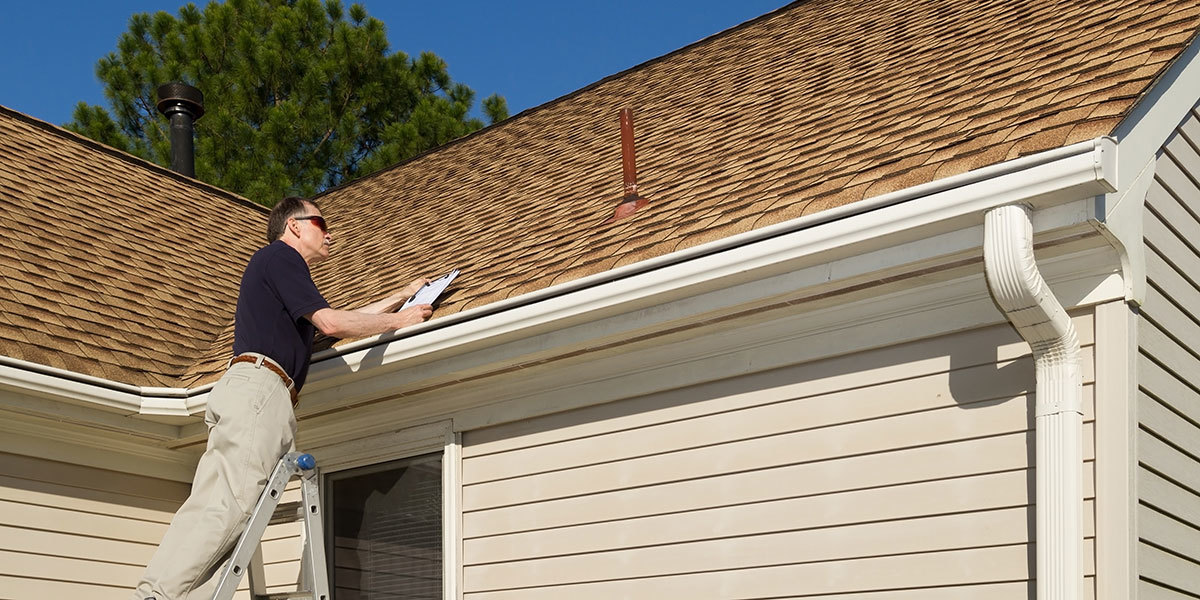Partner Content
There are few things on your home that are more important than your roof. It protects you not just from rain and snow, but also from the blistering heat of summer sun and keeps you dry and warm during cold winter months. But many people don’t give their roof the attention it deserves, and many roofing companies take advantage of that fact.
Did you know that many Maryland roofing companies aren’t even equipped to repair a roof? It’s true: Many companies who do roofing projects don’t have the resources to repair your roof and instead will try to sell you a new roof even if it can be repaired. Want to avoid becoming a victim of a shingle shakedown? To get tips on how to make that critical call—repair it or replace it—we went to Dave MacLean of Brothers Services, a roofing and remodeling company that has been serving the Baltimore market for more than 30 years. They’ve also won numerous awards for the quality of their work all over the Baltimore area, not only on roofs, but on siding, gutters, windows, doors, insulation, and remodels.
When is a repair the best solution?
For starters, keep tabs on your roof: Be sure to have it regularly inspected so that you can spot issues early. A small roof leak can turn into an expensive roof replacement if not caught early, not to mention the ravages water can wreak on your interior. If your roof meets the following criteria, you may only need a repair:
- It’s less than 10 years old;
- A storm has blown off a few shingles that can be replaced (which needs to be done quickly); and
- Changes in weather have caused nail pops or cracking in the sealants around flashing, vents, and skylights.
And what are signs you need a new roof?
Number one is age: Asphalt roofs commonly last about 15-20 years in this area. But just as important is looking for signs of moisture or water damage. A professional roofer knows that there are many layers to a roofing system. In addition to a visual inspection on the exterior of your home, they are also going to check in the attic for any signs of water damage. If you have water that has made it through the plywood decking, it is probably best to look at replacing your roof. Water can be very destructive and lead to mold and other health problems.
Also check for loose asphalt granules. Losing some granules is typical for an asphalt roof, especially after a heavy rain or wind storm. However, an excessive amount of granules that regularly show up in your gutters is a sign that your shingles are starting to fail.
What about those dark streaks on your roof? That’s mildew that has formed and is growing on the shingle. Mildew thrives in moist environments—sometimes on the less sunny side of a house—and those dark streaks are a sign that water has made it under the surface of the shingle. The shingle does not dry out correctly, and mildew starts to grow. Since there is moisture under the surface of the shingle, it is best to look at an entire roof replacement.
Another bad sign is shingles that are curling or have signs of damage. Shingles need to be flexible, and if they cannot adjust to temperature changes, water can get underneath.
So now I know which route I have to take: What’s next?
Before scheduling a roofer to look at your roof be sure to ask the right questions: Did the roofer you’re considering conduct a thorough inspection to assess the roof before making a recommendation? Do they have skilled roofers to complete roof repairs, as well as replacements? Are they licensed and insured? If the answer is no to any of these questions, keep looking!


